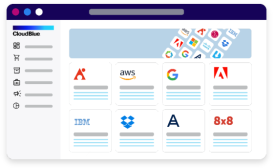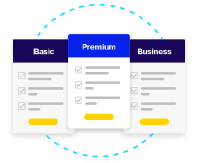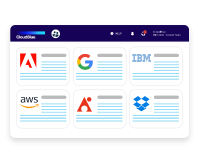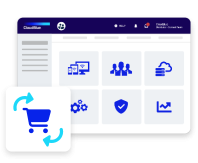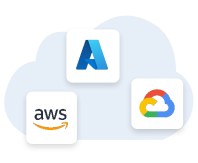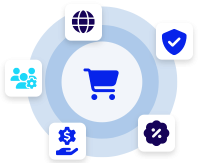Adoption rate refers to the percentage of users or customers who begin using a product, service, or feature within a specific period. It’s a critical metric for measuring the success and growth potential of software, especially in the software as a service (SaaS) industry. The adoption rate can be applied to new customers who start using a product or existing customers who begin utilizing a newly introduced feature.
In the SaaS world, adoption rate is often closely monitored because it directly impacts customer retention, revenue growth, and the overall success of a product. Companies track adoption rate to assess how quickly users embrace new tools, features, or services. A high adoption rate indicates that users find value in what’s being offered, while a low rate may signal issues with product-market fit, onboarding processes, or user experience.
Several factors influence adoption rates, including product usability, customer support, onboarding experiences, and effective communication. To improve adoption, SaaS companies often focus on user education, such as offering tutorials, in-app guidance, and timely customer support. Additionally, companies may use targeted marketing and personalized messaging to encourage users to engage with a product or feature.
Adoption rate is typically calculated as the number of users who have adopted a product or feature divided by the total number of potential users, multiplied by 100. By regularly measuring and analyzing adoption rates, businesses can make data-driven decisions to optimize user engagement and accelerate growth.

